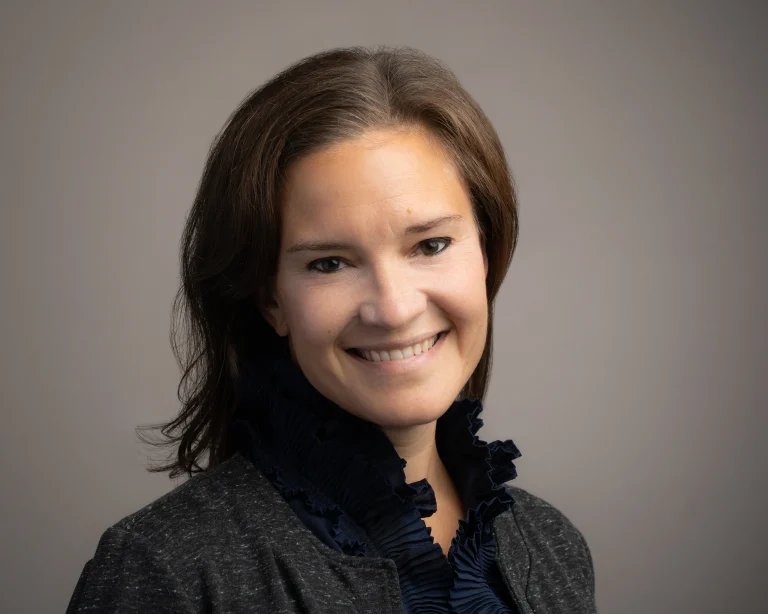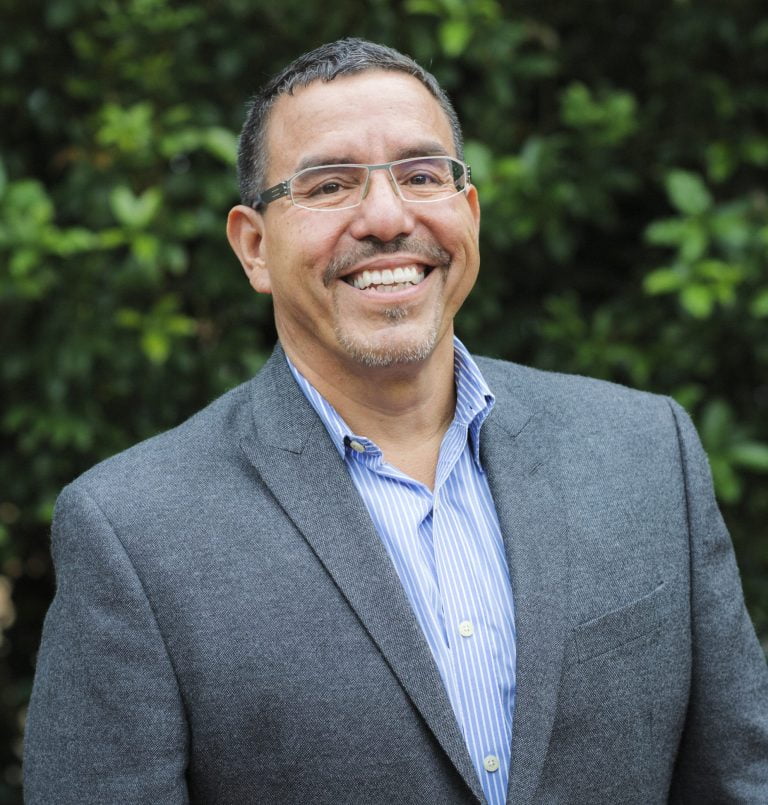tele
chaplaincy
.io
Connecting spiritual care providers, managers and researchers.
Connecting spiritual care providers, managers and researchers.

“Telechaplaincy” is an umbrella term referring to the use of technologies by chaplains to provide their services at a distance. In recent years, and particularly since the Covid-19 pandemic, this has become an important, and in some cases the only, way to deliver spiritual care.
Learn why we created this website over at the Transforming Chaplaincy-Initiative.
Telechaplaincy differs according to the context in which it is practiced. Due to the increasing reliance on telehealth technologies in healthcare institutions – where many chaplains work – it is often understood through the lens of clinical pastoral care. In this setting, the following areas
Spiritual assessment
Care for spiritual distress and injuries
Research and evaluation
Continuing education
Accordingly, one definition of telechaplaincy in the literature is:
The delivery of spiritual care where patients and providers are separated by distance. Telechaplaincy uses ICT for the exchange of information for spiritual assessment, care for spiritual distress and injuries, research and evaluation, and for the continuing education of spiritual care professionals.

"My favorite part about telechaplaincy is that it allows our clinic patients who are suffering from pain, confusion, nausea, insomnia, and neuropathy to receive the spiritual care that they want and need without the increased discomfort of getting in a car and making their way to an exam room. As such, patients who are in the most distress are able to access support and process their distress."

One unique aspect of Telechaplaincy is the inclusion of family members as I have found that they are overjoyed at the ability to contribute to their loved one's care, whereas in previous situations they may have been inadvertently excluded. We can unite and hold space for life’s circumstances, all while doing so from a place and time of their choosing.

I was new to telechaplaincy when the pandemic struck. It enabled me to maintain pastoral relationships seamlessly when our practice became remote. Eventually I began to meet new people and develop deep connections with them, without ever having met in person. Telechaplaincy has continued to help me literally meet people where they are.

During the COVID pandemic, it was not possible to meet with many of the patients and their families directly at bedside. In addition, both staff, patients, and families needed to feel protected from getting ill. My colleagues and I began taking shifts from home; hence, Telechaplaincy at our hospital was born. This new practice enabled me to practice better self-care by reducing the stress of commuting and long hours working on the hospital floor. At the same time, it increased the number of patients I am able to connect with over the course of a day.

"Telechaplaincy allows me to support varied healthcare systems simultaneously. We have patients in surgery centers that do not receive active pastoral care like main service facilities. Telechaplaincy lends presence for all people to receive emotional and spiritual support on demand. I feel as though I am just a device click away."
An international group of telechaplaincy practitioners and researchers hosted by Transforming Chaplaincy and the University of Zürich.
Participation is free.